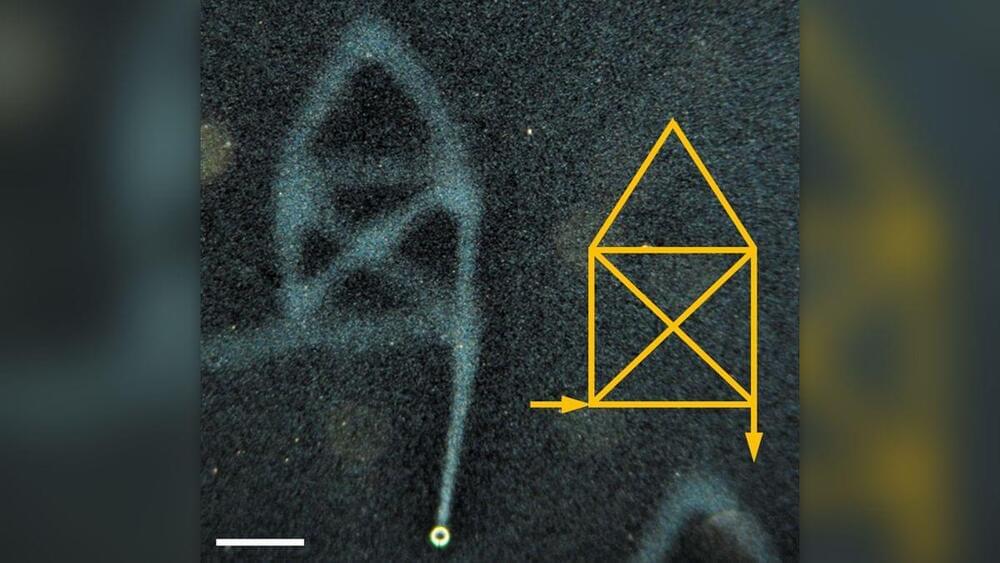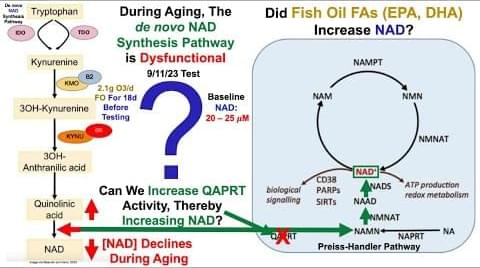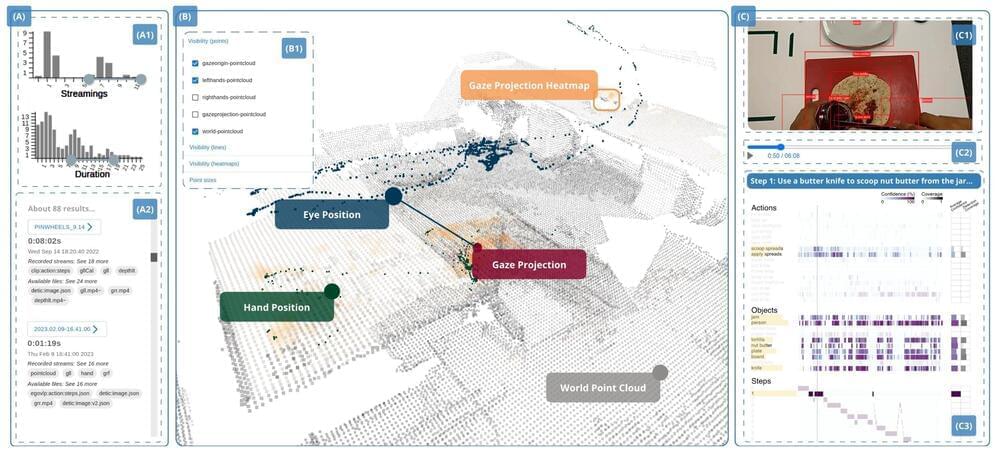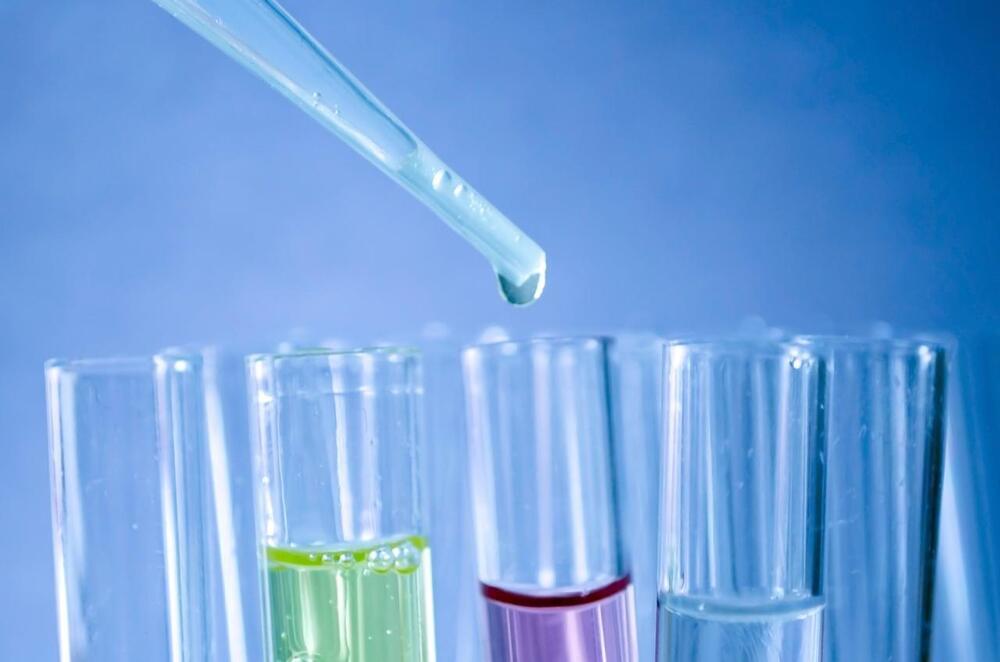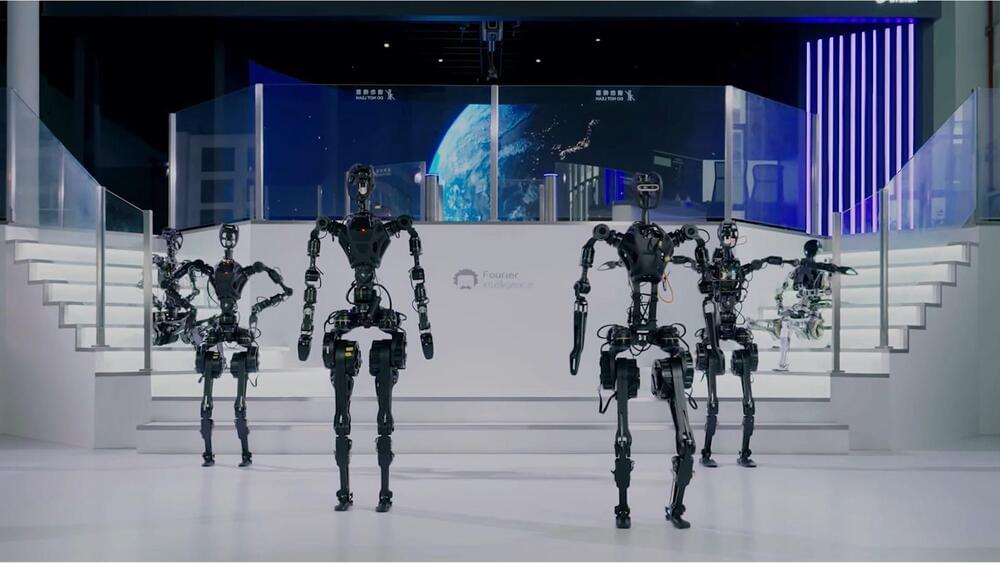Scientists used a process called ‘diffusioosmosis’ to write words that lingered in liquid water.
Most of today’s EVs use lithium-ion batteries, the same kind you’ll find in your smartphone or laptop. These batteries all have two electrodes (one positive and one negative), and the negative one is usually made of graphite.
While the battery is being charged, the lithium ions flow from the side of the battery with the positive electrode to the side with the negative electrode. If the charging happens too fast, the flow can be disrupted, causing the battery to short circuit.
StoreDot’s EV battery replaces the graphite electrode with one made from nanoparticles based on the chemical element germanium — this allows the ions to flow more smoothly and quickly, enabling a faster charge.
Robert Way/iStock.
ChatGPT was not connected to the internet and was equipped to answer questions related to data it was trained on until September 2021. If you asked ChatGPT who won the FIFA World Cup in 2022, it wouldn’t have been able to answer.
Join us on Patreon! https://www.patreon.com/MichaelLustgartenPhD
Discount Links:
NAD+ Quantification: https://www.jinfiniti.com/intracellular-nad-test/
Use Code: ConquerAging At Checkout.
Epigenetic Testing: https://trudiagnostic.com/?irclickid=U-s3Ii2r7xyIU-LSYLyQdQ6…M0&irgwc=1
Use Code: CONQUERAGING
Oral Microbiome: https://www.bristlehealth.com/?ref=michaellustgarten.
Though a doomed star exploded some 20,000 years ago, its tattered remnants continue racing into space at breakneck speeds—and NASA’s Hubble Space Telescope has caught the action.
The nebula, called the Cygnus Loop, forms a bubble-like shape that is about 120 light-years in diameter. The distance to its center is approximately 2,600 light-years. The entire nebula has a width of six full moons as seen on the sky.
Astronomers used Hubble to zoom into a very small slice of the leading edge of this expanding supernova bubble, where the supernova blast wave plows into surrounding material in space. Hubble images taken from 2001 to 2020 clearly demonstrate how the remnant’s shock front has expanded over time, and they used the crisp images to clock its speed.
Linda Yaccarino claimed 90% of X’s top advertisers are back but refused to comment on owner Musk’s plan to charge for access to the social platform.
Augmented reality (AR) technology has long fascinated both the scientific community and the general public, remaining a staple of modern science fiction for decades.
In the pursuit of advanced AR assistants—ones that can guide people through intricate surgeries or everyday food preparation, for example—a research team from NYU Tandon School of Engineering has introduced Augmented Reality Guidance and User-Modeling System, or ARGUS.
An interactive visual analytics tool, ARGUS is engineered to support the development of intelligent AR assistants that can run on devices like Microsoft HoloLens 2 or MagicLeap. It enables developers to collect and analyze data, model how people perform tasks, and find and fix problems in the AR assistants they are building.
Looks like the Metaverse got an upgrade.
Mark Zuckerberg is CEO of Meta.
Thank you for listening ❤ Please support this podcast by checking out our sponsors:
Researchers at Baylor College of Medicine have developed a new compound called d16 that can reduce tumor growth and overcome therapeutic resistance in mutant p53-bearing cancers in the lab. The findings, published in the journal Cancer Research Communications, a journal of the American Association for Cancer Research, open opportunities for new combination therapies for these difficult-to-treat cancers.
“One of the most common alterations in many human cancers is mutations in p53, a gene that normally provides one of the most powerful shields against tumor growth,” said first author, Dr. Helena Folly-Kossi, a postdoctoral associate in Dr. Weei-Chin Lin’s lab at Baylor. “Mutations that alter the normal function of p53 can promote tumor growth, cancer progression and resistance to therapy, which are associated with poor prognosis. It is important to understand how p53 mutations help cancer grow to develop therapies to counteract their effects.”
Studying how to target p53 mutations that promote cancer growth has been difficult. “One of the challenges has been to develop drugs that act on mutant p53 directly. Some of these drugs are under development, but they appear to be toxic,” said Lin, professor of medicine-hematology and oncology and of molecular and cellular biology. He also is a member of Baylor’s Dan L Duncan Comprehensive Cancer Center and the corresponding author of the work.
Fourier Intelligence-Robotics/YouTube.
Set in Salem, Oregon, “RoboFab”, Agility Robotics’ 70,000-square-foot robot factory is slated to open later this year and manufacture the company’s bipedal robot Digit.
